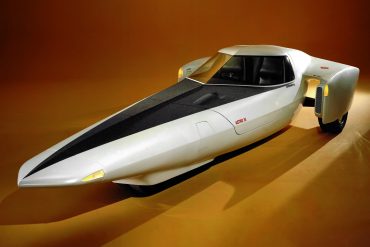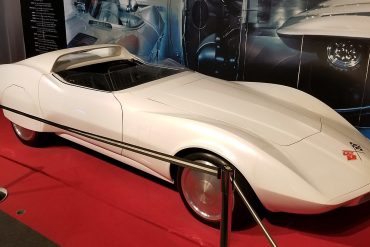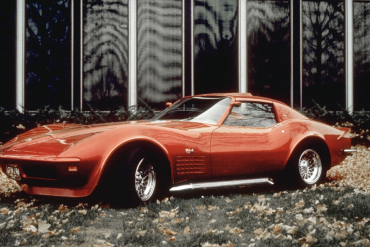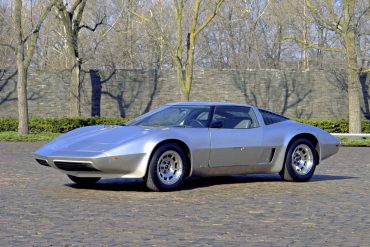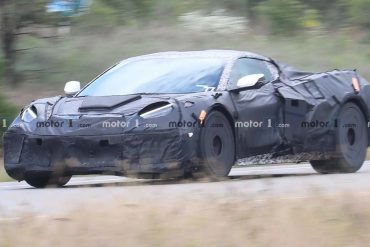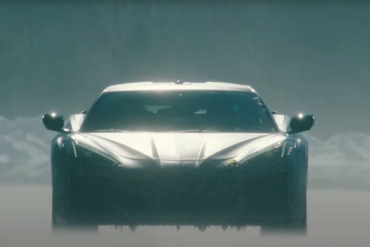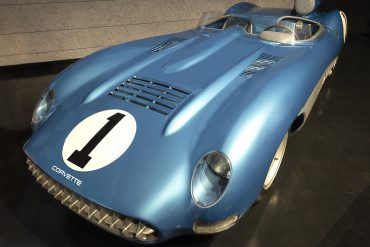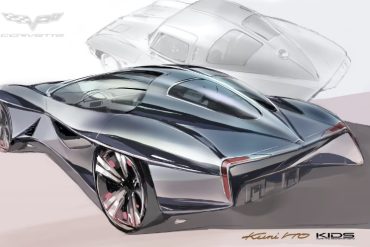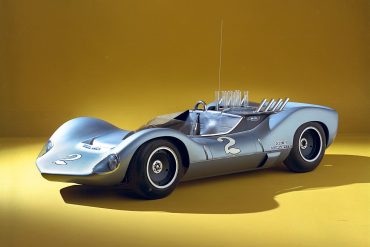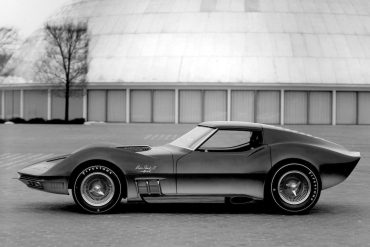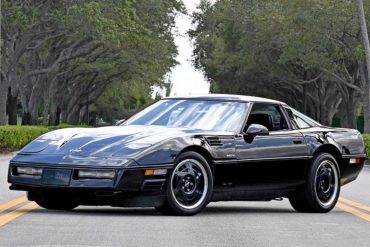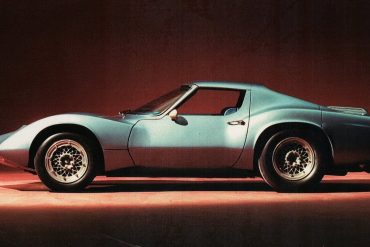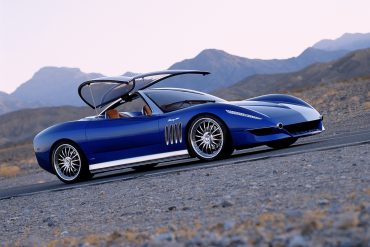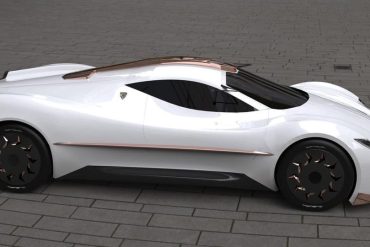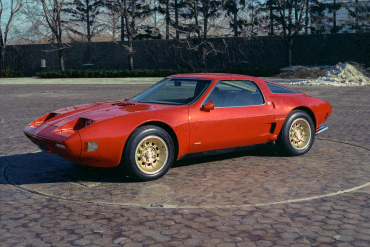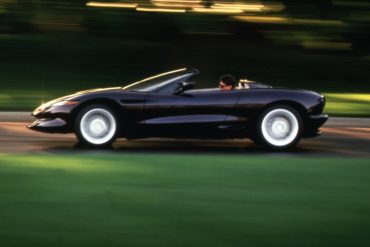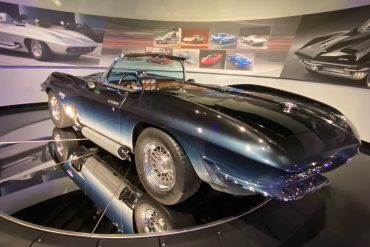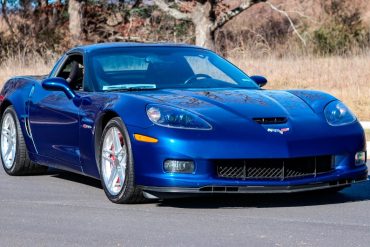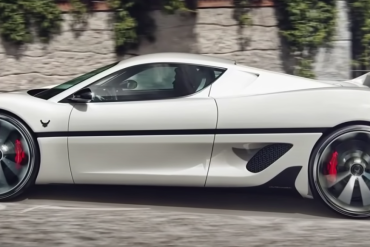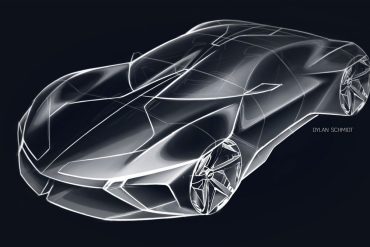Though the first two prototype cars to carry the Astro namesake were relatively well known, the third entry in this conceptual saga was somewhat obscure and significantly more bizarre. At the 1969 Chicago Motor Show, Chevrolet unveiled the Astro III which was a gas-turbine prototype that featured a tricycle wheel arrangement.
The Astro II was one of the most significant case studies of Duntov’s outright refusal to let his mid-engine dreams die, and as such, ultimately entered the history books as a precursor to the eventual mid-engine, C8 Corvettes of today. The Astro II was designed in a way that was more representative of the Corvette’s typical styling cues, than that of The Astro I.
Only Bill Mitchell could get away with this. Bill always managed to have a hot daily ride. Engineering prototypes that weren't street-legal stayed behind the fence, but many of the show car Corvettes managed to go home with Bill. His usual statement on his "design study" cars was, "This thing runs like a bear!" For the Mulsanne Bill added, "This is the best Stingray ever."
One of the most beautiful concept cars created by GM was the XP-822 later called the Aerovette. Zora Arkus Duntov and his engineers had originally built two predecessors during 1969. John DeLorean, Chevrolet's general manager, felt the program was too expensive and canceled the car.
As reported by Motor1, right on the heels of the announcement that the Corvette C8 Hybrid is coming as early...
The Future of Corvette – A Look Ahead at What’s Next The second decade of the twenty-first century has been...
To commemorate the launch of the definitive book on "Corvette Concept Cars," we proudly present our picks of the ten greatest Corvette concepts of all time!
The team of designers and engineers responsible for the decades-long evolution of the Corvette have never been known to rest...
The GS II (Grand Sport II) was a test vehicle completed in late 1963 by Chevrolet Engineering Center (C.E.C.). The chassis was constructed of spot-welded sheet steel and was fitted with narrow tires. With only minor testing done at GM’s test facility in Michigan, the vehicle was shipped to Texas to the Chaparral Cars test facility.
The Mako Shark II was a radical concept that shaped Stingray years later. While showcasing distinct design cues, the Mako Shark contained many notable features for 1965. It had a one-piece front-end that hinged forward for access to the engine bay, a removable hardtop, knock-off aluminum wheels and a big-block 427. Chevrolet received overwhelming requests to have it produced.
This vehicle pioneered the advantages of “Active Suspension” and had GTP Corvette race car technology. Built at the Bowling Green Plant, this vehicle was developed as a prototype for a limited edition run in the 1990 model year. Chevrolet ordered it to be built with a complex, high-tech active suspension that includes an Eaton hydraulic pump and Moog actuators. This car and the technology inside of it led to the Active Handling system GM released in 1996.
The XP-819, developed in the mid-1960s, was an engineering exercise to test a rear engine concept for the Corvette. The body was designed by Larry Shinoda. You can see styling cues in XP-819 that later appeared in Shinoda's famed "Sting Ray" design. A GM marine engine powers the car so the two-speed transaxle would operate properly. The entire chassis, suspension, and steering are custom made components unique to this car.
The Moray project, presented for the first time at the Geneva Motor Show on March 4, 2003, embodies the homage that Giorgetto and Fabrizio Giugiaro wish to pay to the fifty-year era of the Chevrolet Corvette, the supreme symbol of the American sports car. Touched by drifting tides with long and slender front lights, bringing immediately to mind the Moray, the English term for the eel-type fish, muraena helena, found in Mediterranean waters.
As Corvette enthusiasts, we know that the modern generations of our favorite car last (at most) between 7 to 10...
This little concept mounted a 180-horse Wankel transversely, driving a new automatic transaxle being developed for the forthcoming X-body Citation. Designed by GM's Experimental Studio and built in 6 months on a modified Porsche 914 chassis by Pininfarina, the 2-Rotor made its debut at the 1973 Frankfurt show.
In 2020, I was approached by CarTech Books to write a book on the history of the Corvette thru the...
The 1992 Stingray III / California Stingray Concept was developed by John Schinella (and team) at GM's Advance Concept Center in Los Angeles. The 1992 concept is a world away from the C4. But the dominant motifs of a smooth rounded Corvette did come to production on the C5. This prototype looks distinctly upmarket, the rear shares a shocking similarity to the Jaguar XK8, without a flat surface in sight.
The NCM’s “Driven By Design” Showcases Corvette’s Rich Design Heritage Earlier this year, the National Corvette Museum (NCM) introduced its...
Kissimmee 2023 is happening in less than a week and they just announced a very interesting lot, a 2006 Chevrolet...
Sure we are only four years into the eighth-generation Corvette, but that doesn’t stop enthusiasts from talking and dreaming about...
Nothing seems to generate more buzz (and angst) among Corvette enthusiasts than speculation about what the next generation will look...
In January 1990, Chevrolet unveiled the CERV III (Chevrolet Engineering Research Vehicle No. 3) at the Detroit International Auto Show....
No More Content


